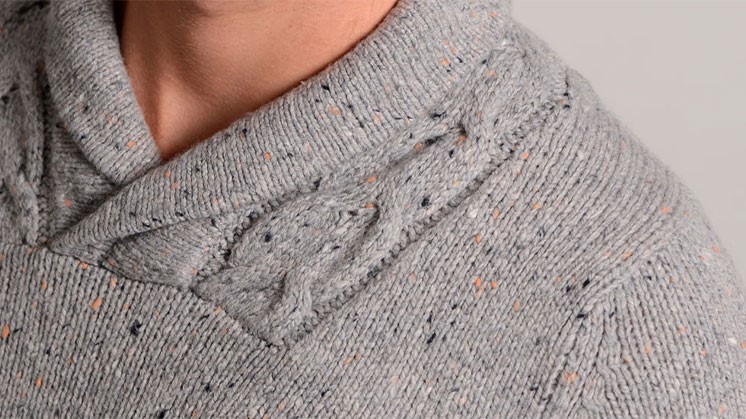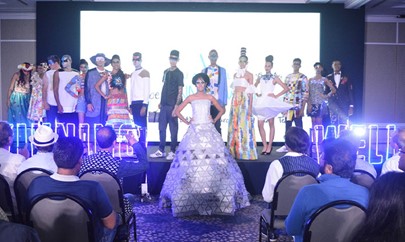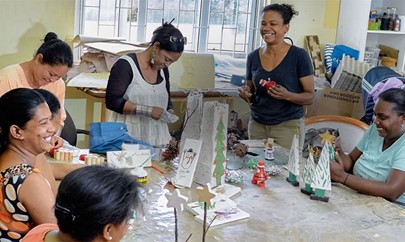CIEL Textile

How are pullovers made ?
Sweaters and pullovers: one of winter’s trendiest, softest and warmest treats to throw on or bundle in during cold snaps. This concept of snug, breathable garments for the upper torso dates back to as early as 10,000 B.C.E, when Anatolian sheepherders fashioned the earliest prototypes of sweaters from goat fleece. Luckily, the fashion industry has come a long way since the first knit sweaters of the 1400s, both in terms of design and manufacturing process. While the early sweaters were hand-knit from start to finish, have you got an idea how these garments are made in this modern era?
Step 1
First and foremost, the fibre is thoroughly washed and dyed. These steps can last between 4 and 8 hours, depending on the composition of the raw material.
Step 2
The dyed fibres are blended to homogenise the raw materials and give the required characteristics to the final product. The blending process is done at a rate of 300kg to 500kg per hour.
Step 3
Carding is the third and one of the most important processes in this grand scheme. It consists in turning the tufts into individual fibres, removing the impurities and determining the final features of the yarn at a rhythm of 35-75kg per hour.
Step 4
Spinning is the twisting together of fibres to make the yarn. Previously done by hand, spinning machines can process 29kg of yarn per hour.
Step 5
The yarn is assembled and twisted from single strands to double plies at a speed of 29kg per hour.
Step 6
The knitting process was earlier performed on a handflat machine…
…but nowadays, through an automatic knitting machine.
Step 7
The various parts of the sweaters are assembled.
Step 8
The assembled sweaters are washed, dyed…
Step 9
…and dried.
Step 10
They are then pressed: this was, in the past, done manually…
…nowadays, the pressing is done automatically.
Step 11
A light inspection is performed to ensure that the sweaters have no manufacturing defects.
Step 12
The clothes are then labelled…
Step 13
…and packed.




